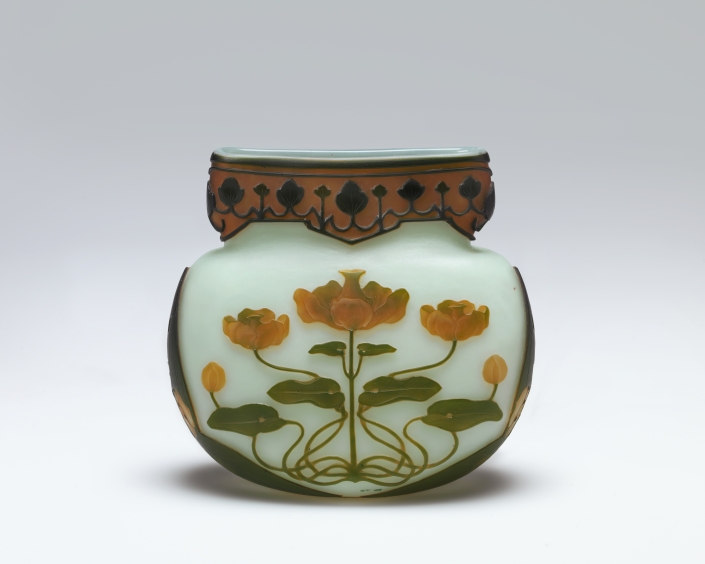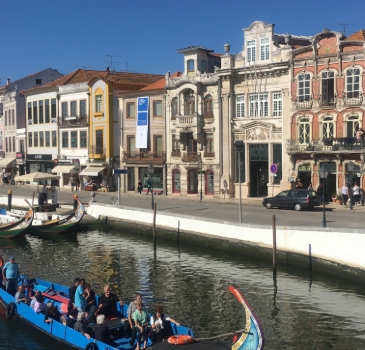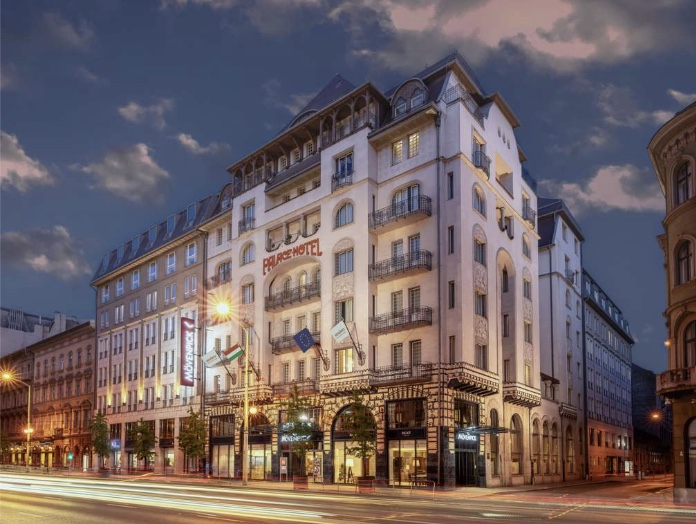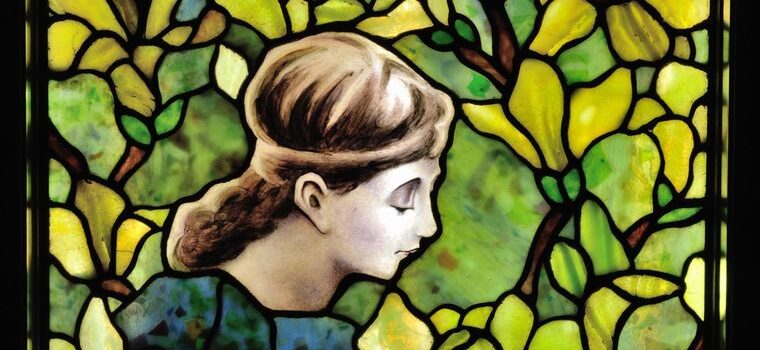For the first time in Japan’s cultural history, the National Museum of Modern Art in Kyoto (MOMAK) presents “Young Poland: Polish Art 1890–1918”, a groundbreaking exhibition that brings together over 150 masterpieces from Poland’s transformative modernist era. This unprecedented showcase, running until June 29, 2025, offers a profound exploration of how Polish artists forged a national artistic identity during their country’s 123-year partition while engaging in a remarkable creative dialogue with Japanese aesthetics.
The Young Poland (Młoda Polska) movement emerged during one of the most challenging periods in Polish history. Following the Third Partition in 1795, Poland disappeared from the map of Europe, divided between Russia, Prussia, and Austria. This exhibition reveals how art became a powerful form of national resistance and cultural preservation during this era of foreign occupation.
At the heart of the movement stood Jan Matejko, whose monumental historical paintings serve as the exhibition’s foundation. Works like his dramatic depictions of Polish battles and royalty established a visual language of national identity that would influence generations of artists. The exhibition traces how Matejko’s students at the Kraków Academy of Fine Arts transformed this legacy into a distinctly Polish modernist vocabulary. Stanisław Wyspiański revolutionized decorative arts and theater design, Józef Mehoffer developed a unique symbolic language in his stained glass works, and Jacek Malczewski created profound allegories of Poland’s spiritual condition.
Visitors will encounter stunning examples of this artistic flowering through Olga Boznańska’s Girl with Chrysanthemums, a masterpiece of psychological portraiture that has become the exhibition’s iconic image, capturing the melancholic yet resilient spirit of the era. Jacek Malczewski’s symbolic Stańczyk reimagines Poland’s historic court jester as a metaphor for national consciousness, while Stanisław Wyspiański’s Planty Park at Dawn showcases his innovative approach to landscape and light. The exhibition also presents Józef Pankiewicz’s Jane with a Japanese Doll, demonstrating the movement’s fascination with Eastern aesthetics through its delicate portrayal of a young girl holding a traditional Japanese doll.
Among the exhibition’s greatest treasures are rare works from private collections, including two previously unexhibited paintings by Boznańska – Tulips and Portrait of Mrs. L – from the collection of Japanese industrialist Magosaburō Ōhara. These works highlight the deep historical connections between Polish and Japanese art patrons and add an extraordinary dimension to the cultural dialogue being presented.
A dialogue across continents: Young Poland and Japonism:
One of the exhibition’s most compelling revelations is the profound influence of Japanese art on the Young Poland movement. This cultural exchange centered around Feliks “Manggha” Jasieński, Poland’s foremost collector of Japanese art, who amassed over 6,000 ukiyo-e prints and other artifacts. A dedicated section of the exhibition showcases highlights from his collection alongside the Polish works they inspired, creating a visual conversation between East and West.
Curator Urszula Kozakowska-Zaucha explains that Jasieński didn’t just passively collect art but actively facilitated a creative dialogue. He would lend pieces to artists, commission works with Japanese themes, and host gatherings where Polish modernists could study his collection. This cultural exchange manifested in numerous ways throughout the exhibition, from the clear influence of Japanese woodblock prints on Polish compositional techniques to shared approaches to floral motifs and nature symbolism.
A particularly striking example is Józef Mehoffer’s Strange Garden, where the diagonal composition and flattened perspective reveal clear debts to Japanese printmaking traditions while maintaining distinctly Polish symbolic content. Similarly, many portraits in the exhibition feature subjects holding Japanese fans or wearing kimono-inspired garments, demonstrating how these cultural artifacts became integrated into Polish artistic practice.
Exhibition design and visitor experience:
MOMAK has created an immersive environment that reflects the Young Poland movement’s aesthetic principles through thoughtful spatial organization and interactive elements. The exhibition space flows through thematic zones beginning with Historical Foundations, which explores Matejko’s legacy and the political context that shaped the movement. Visitors then progress through sections dedicated to Nature and Symbolism, showcasing the movement’s innovative landscape art; Japonism in Poland, highlighting the cross-cultural dialogue; Portraiture and Psychology, featuring Boznańska’s penetrating studies; and finally Decorative Arts, displaying furniture, textiles, and stained glass designs.
The museum has incorporated several innovative features to enhance visitor engagement. Digital stations allow guests to virtually explore Jasieński’s sketchbooks, while interactive screens enable side-by-side comparisons of Polish and Japanese compositional techniques. The atmospheric soundscape features period music by Polish composers like Karol Szymanowski, and subtle scent installations evoke the flowers frequently depicted in the paintings, creating a truly multisensory experience.
Polish Minister of Culture Hanna Wróblewska emphasized the exhibition’s diplomatic importance, noting that this is more than an art show – it’s a celebration of how cultural dialogue can transcend political boundaries. The exhibition arrives at a particularly meaningful moment as Poland and Japan mark 105 years of diplomatic relations, serving as a testament to the enduring cultural connections between the two nations.
MOMAK director Yuko Hasegawa highlights the exhibition’s contemporary resonance, pointing out that in our globalized world, Young Poland’s ability to absorb international influences while maintaining strong national identity offers important lessons about cultural exchange. The exhibition’s exploration of how artists navigated political oppression through creative expression also carries powerful messages for today’s world.
Visitor information:
📍 National Museum of Modern Art, Kyoto
📅 March 25 – June 29, 2025
🕒 Open daily 9:30-17:00 (last entry 16:30)
🎟 Adults: ¥1,600 | Students: ¥1,200 | Seniors: ¥1,000
🌐 Details: youngpoland2025.jp | MOMAK
The exhibition is organized by the National Museum in Kraków in cooperation with MOMAK, with support from Poland’s Ministry of Culture and National Heritage, the Adam Mickiewicz Institute, and the Japan-Poland Friendship Association. A 300-page catalog featuring essays by international scholars accompanies the exhibition in both English and Japanese editions, offering deeper insights into this remarkable artistic movement and its lasting legacy.
This landmark cultural event not only introduces Japanese audiences to a crucial chapter in European art history but also illuminates a fascinating moment of East-West artistic exchange that continues to inspire contemporary creators worldwide. As art historian Maja Michalak observes, Young Poland teaches us that great art often emerges at the intersection of cultures – a lesson as vital today as it was a century ago, reminding us of art’s power to bridge divides and speak across time and borders.







